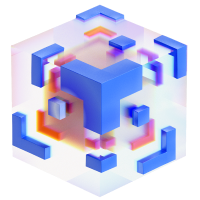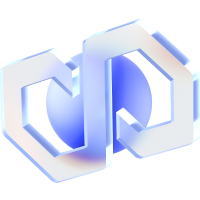Choosing the Best AI Models for Crypto Agents: The Developer’s Guide

Kevin Dwyer
March 26, 2025
7 min read
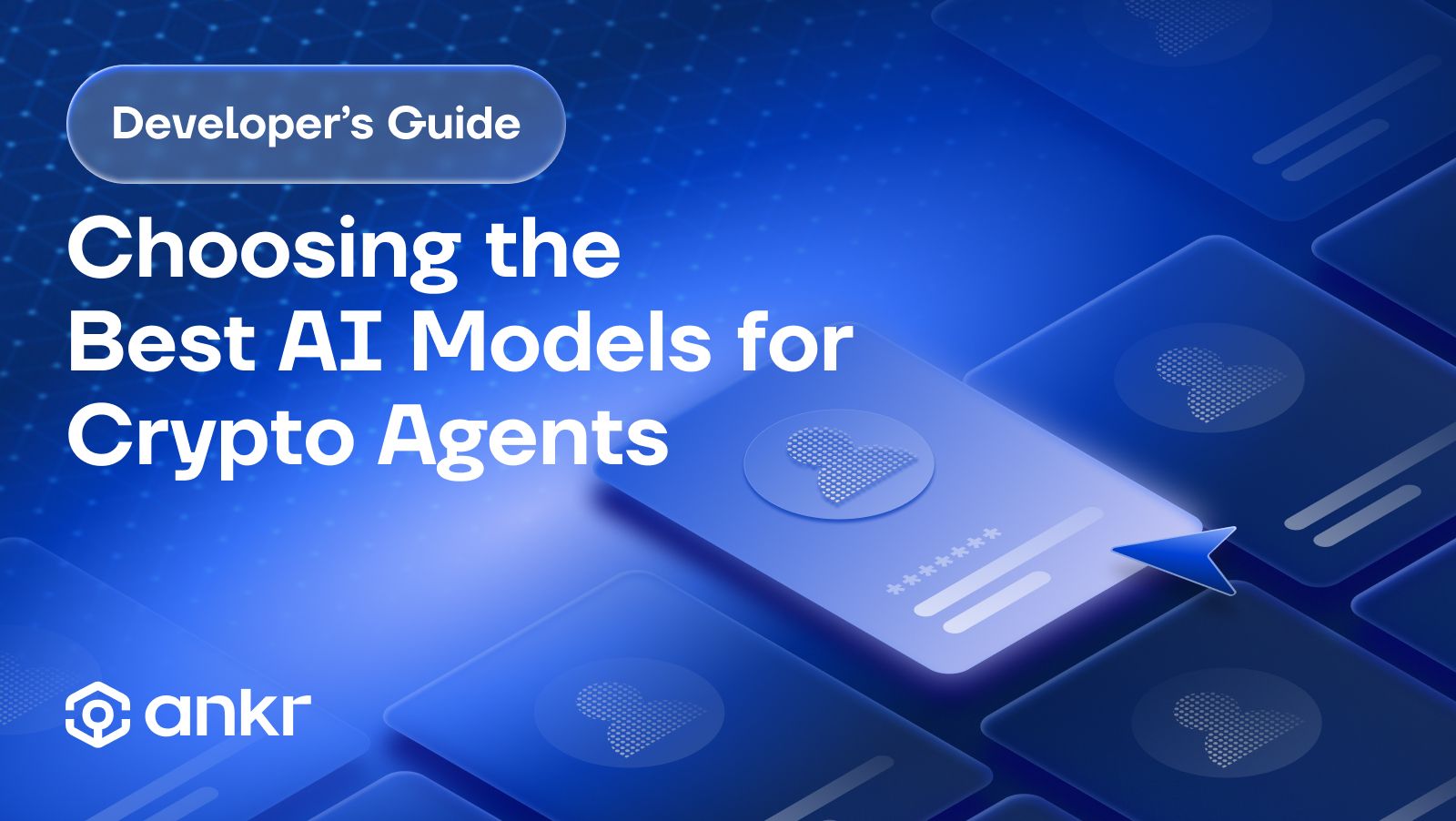
Building AI-powered crypto agents isn’t the easiest job — these systems need to complete tasks like analyzing market trends, interacting with blockchain networks via APIs, and executing transactions autonomously, all while handling massive amounts of data in real-time.
But what’s the key to making agents truly intelligent and efficient? Choosing the right AI model to power them.
With so many large language models (LLMs) available, from OpenAI’s ChatGPT-4.5 to Google’s Gemini and Anthropic’s Claude, it can be tough to determine which one is best suited for crypto-focused automation. On top of that, newer AI models like DeepSeek-R1 offer unique advantages that could be game-changers for blockchain applications. In this article, we’ll break down the strengths and weaknesses of each AI model so you can make an informed decision about which one fits your needs best.
Build AI agents using Ankr & elizaOS
1. OpenAI’s ChatGPT-4.5: A Versatile AI With Strong Language Capabilities
ChatGPT-4.5, OpenAI’s latest iteration, builds upon the strengths of GPT-4 with improved contextual understanding and enhanced reasoning abilities. This model is especially useful for AI agents that need to engage in complex decision-making, execute natural language queries, and integrate real-time web search capabilities.
Pros:
- Strong contextual understanding – Great for analyzing smart contract terms, financial news, and user queries.
- Broad general knowledge – Useful for multi-purpose crypto AI agents that need to handle diverse topics.
- Web-enabled capabilities – Can fetch real-time blockchain data when integrated properly.
Cons:
- Computationally expensive – Running a full-scale crypto agent on GPT-4.5 can be resource-intensive.
- Limited math reasoning – It still struggles with highly technical mathematical computations, which can be crucial for crypto trading bots.
2. Google Gemini 2.0: Advanced Multimodal AI for Comprehensive Blockchain Analysis
Google's Gemini 2.0 represents a significant advancement in AI technology, designed to excel in large-scale applications with robust multimodal capabilities. This model processes and generates text, images, and audio, making it particularly advantageous for crypto agents that require comprehensive analysis of diverse data types, such as blockchain charts, NFT marketplaces, and complex financial reports. Gemini 2.0's integration with Google's ecosystem enhances its utility in developing and deploying scalable crypto solutions.
Pros:
- Enhanced Multimodal Processing: Capable of interpreting and generating text, images, and audio, facilitating a holistic approach to analyzing crypto trends across various media.
- Seamless Integration with Google Services: Offers compatibility with Google's cloud-based tools, streamlining the development and deployment of large-scale crypto projects.
- Scalability and Efficiency: Engineered for high performance, providing efficient solutions suitable for extensive blockchain applications.
Cons:
- Potential Ecosystem Lock-In: Deep integration with Google's infrastructure may limit flexibility for developers seeking open-source or platform-independent alternatives.
- Learning Curve for Advanced Features: Utilizing the full spectrum of Gemini 2.0's capabilities may require a substantial understanding of Google's AI ecosystem.
3. Anthropic’s Claude 3.7 Sonnet: Pioneering Hybrid Reasoning for Complex Problem-Solving
Anthropic's Claude 3.7 Sonnet introduces a groundbreaking "hybrid reasoning" approach, allowing users to adjust the model's reasoning depth to suit specific tasks. This flexibility is particularly beneficial for crypto agents engaged in intricate activities such as smart contract audits, regulatory compliance assessments, and detailed financial analyses. The model's "extended thinking mode" enables thorough deliberation on complex queries, enhancing the accuracy and reliability of outputs.
Pros:
- Adaptive Reasoning Capabilities: Users can modulate the model's reasoning processes, balancing depth and response time to meet diverse application requirements.
- Transparency in Decision-Making: Features like the "scratchpad" provide insights into the model's thought process, aiding in prompt refinement and enhancing trust in automated decisions.
- Enhanced Performance in Specialized Domains: Demonstrates superior proficiency in coding, finance, and legal tasks, making it a valuable asset for complex blockchain operations.
Cons:
- Increased Computational Demands: The extended reasoning capabilities may lead to higher resource consumption, impacting operational costs and efficiency.
- Potential for Over-Processing: In certain scenarios, the model's in-depth analysis may result in overcomplicated solutions, necessitating careful management to align with practical application needs.
4. DeepSeek-R1: A Cost-Effective, Open-Source AI Model for Crypto AI Development
Overview
DeepSeek-R1 is an open-source reasoning model designed to excel in mathematical reasoning, logical inference, and real-time problem-solving—critical capabilities for crypto AI agents handling blockchain transactions, smart contract analysis, and algorithmic trading. Released in January 2025 under the MIT License, it offers a powerful alternative to proprietary models, giving developers full customization control without licensing restrictions.
Its low-cost training (approximately $6 million compared to OpenAI's GPT-4 at $100 million) and efficient computational resource utilization make it particularly attractive for crypto developers building AI agents that need to operate continuously without incurring excessive infrastructure costs. DeepSeek-R1 is also highly efficient, requiring only one-tenth of the power used by comparable large language models, making it a viable choice for developers running AI models on decentralized networks with limited resources.
Pros:
- Open-Source Accessibility – The MIT License allows unrestricted modifications, enabling developers to fine-tune the model for specific blockchain applications, such as DeFi automation, crypto market analysis, and Web3 interactions.
- Low-Cost and Efficient – With significantly lower training and operational costs than larger proprietary models, DeepSeek-R1 is well-suited for resource-conscious developers who need to deploy AI agents on-chain or in high-frequency trading environments.
- Strong Mathematical and Logical Reasoning – The model has demonstrated high performance on problem-solving benchmarks, making it useful for applications requiring precise calculations, fraud detection, and cryptographic verification.
Cons:
- Censorship Restrictions – The API version includes content limitations imposed by Chinese authorities, which may restrict its usability for projects requiring open-ended, unrestricted discourse, such as decentralized governance discussions or regulatory compliance analysis.
- Potential Readability Issues – While improved over earlier iterations, DeepSeek-R1 may still produce occasional repetitive outputs or language inconsistencies, requiring additional prompt engineering or fine-tuning for optimal performance in crypto-related applications.
5. Tencent's Hunyuan Turbo S
Tencent has recently unveiled Hunyuan Turbo S, an AI model designed for rapid response times, outperforming competitors like DeepSeek-R1. Hunyuan Turbo S is capable of providing answers within a second, enhancing efficiency in applications requiring swift interactions. Its capabilities in knowledge, mathematics, and reasoning are on par with advanced models, making it a strong candidate for real-time blockchain applications. Additionally, Tencent claims that Hunyuan Turbo S operates at a significantly lower cost, reflecting competitive advancements in AI technology.
Pros:
- Fast Response Times: Ideal for applications requiring immediate data processing and decision-making.
- Cost Efficiency: Lower operational costs make it accessible for a wide range of projects.
- Advanced Reasoning Capabilities: Suitable for complex problem-solving tasks in blockchain interactions.
Cons:
- Limited Global Adoption: As a newer model, it may have less community support and integration resources.
- Regional Availability: Primarily developed in China, which may affect accessibility and support for international developers.
6. Meta's Llama 3.3
Meta's Llama 3.3 is the latest in the Llama series of large language models, offering a range of parameter sizes up to 405 billion. This model is open-source, promoting transparency and collaboration within the AI community. Llama 3.3 excels in tasks requiring complex reasoning and high accuracy, making it suitable for advanced blockchain applications. Its open-source nature allows developers to fine-tune the model for specific use cases, enhancing flexibility and adaptability.
Pros:
- Open-Source Accessibility: Encourages community-driven development and customization.
- High Parameter Count: Supports complex tasks with extensive data processing needs.
- Versatility: Applicable to a wide range of blockchain and crypto-related tasks.
Cons:
- Resource Intensive: High computational requirements may pose challenges for developers with limited resources.
- Operational Costs: Running large-scale models can be expensive, impacting budget-constrained projects.
7. Grok 3
Grok is an AI model developed by xAI, a company founded by Elon Musk. Designed to integrate seamlessly with platforms like X (formerly Twitter), Grok is tailored for real-time information retrieval and interaction. Its capabilities include answering questions and providing insights based on up-to-date information, making it a valuable tool for crypto AI agents that require current data and trend analysis. Grok's integration with social media platforms allows for monitoring and analyzing market sentiment, which is crucial in the volatile crypto market.
Pros:
- Real-Time Data Access: Provides up-to-date information, essential for timely decision-making in crypto markets.
- Social Media Integration: Offers insights into market sentiment and trends by analyzing social media activity.
- User-Friendly Interaction: Designed for seamless user engagement, enhancing accessibility for developers and end-users.
Cons:
- Limited Availability: As a newer model, it may have restricted access and limited documentation.
- Integration Constraints: Primarily designed for specific platforms, which may limit its applicability in broader contexts.
Final Thoughts: Which AI Model is Right for You?
Each of these models has unique strengths, and depending on your needs, you may even want to use a combination of them. As AI continues to evolve, crypto developers will have even more tools at their disposal to build autonomous agents that push the boundaries of decentralized finance.
Join the Conversation on Our Channels!
Twitter | Telegram | Substack | Discord | YouTube | LinkedIn | Reddit | All Links
Similar articles.
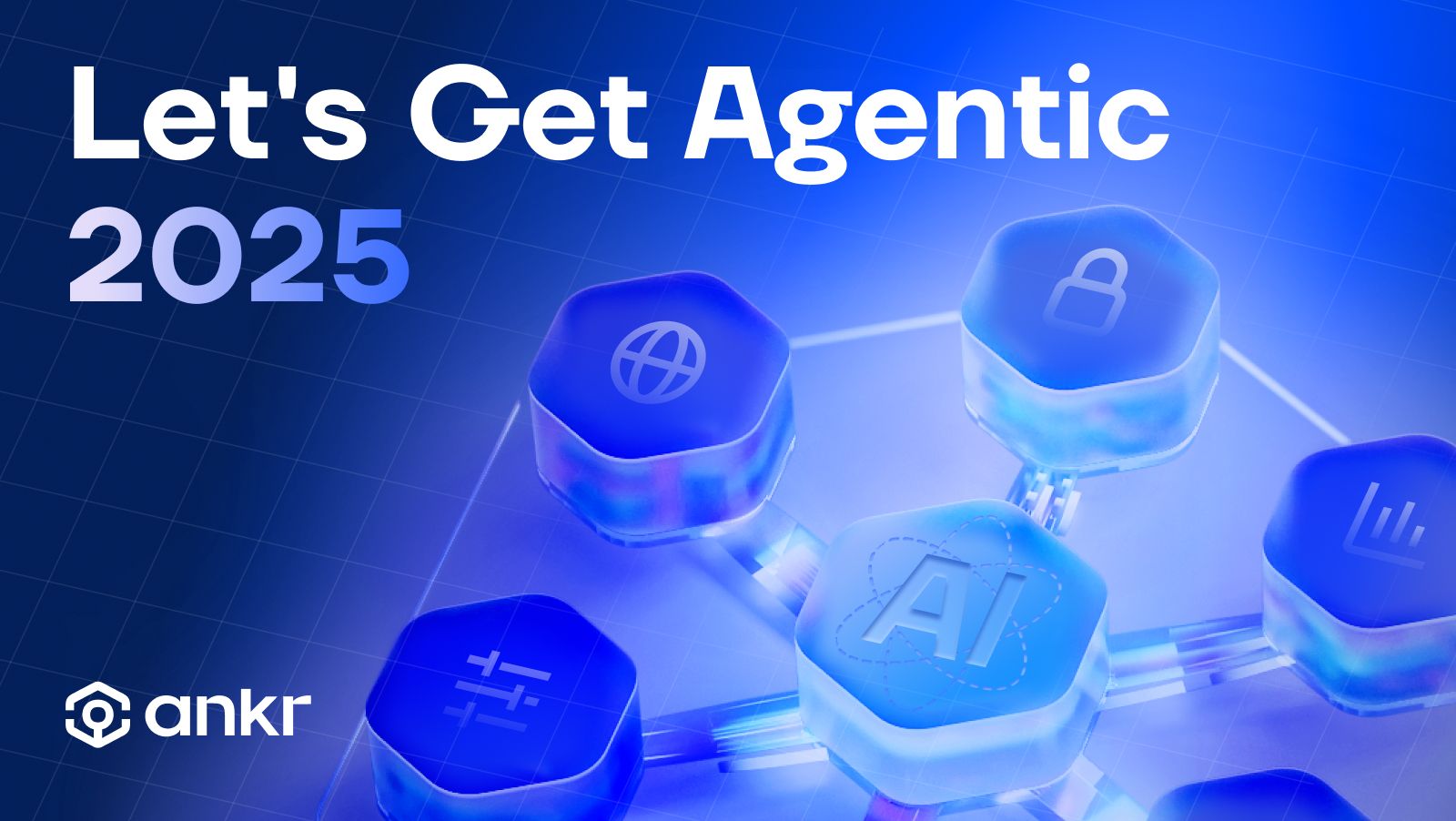
Let’s Get Agentic: The State of Crypto AI Agents in 2025

Kevin Dwyer
February 18, 2025

Imagine using software that doesn’t just follow your commands but thinks, learns, and adapts—advancing your goals autonomously. This is exactly what AI agents are designed...
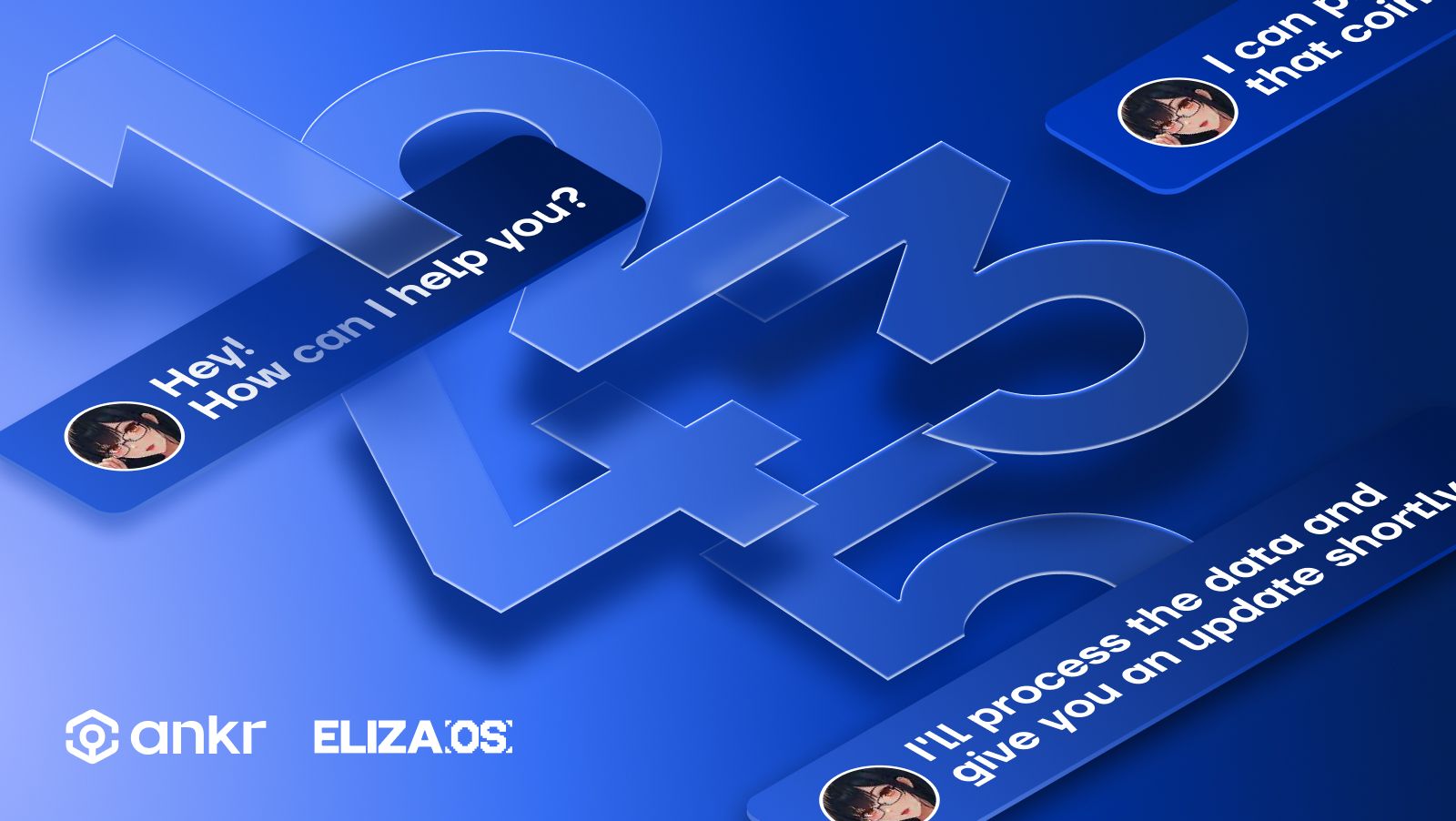
How to Build a Crypto AI Agent Using elizaOS & Ankr in 5 Steps

Kevin Dwyer
March 9, 2025

Crypto AI agents have become a top narrative for this crypto cycle, driving a huge amount of developer interest in building new AI-enabled dApps, trading...
